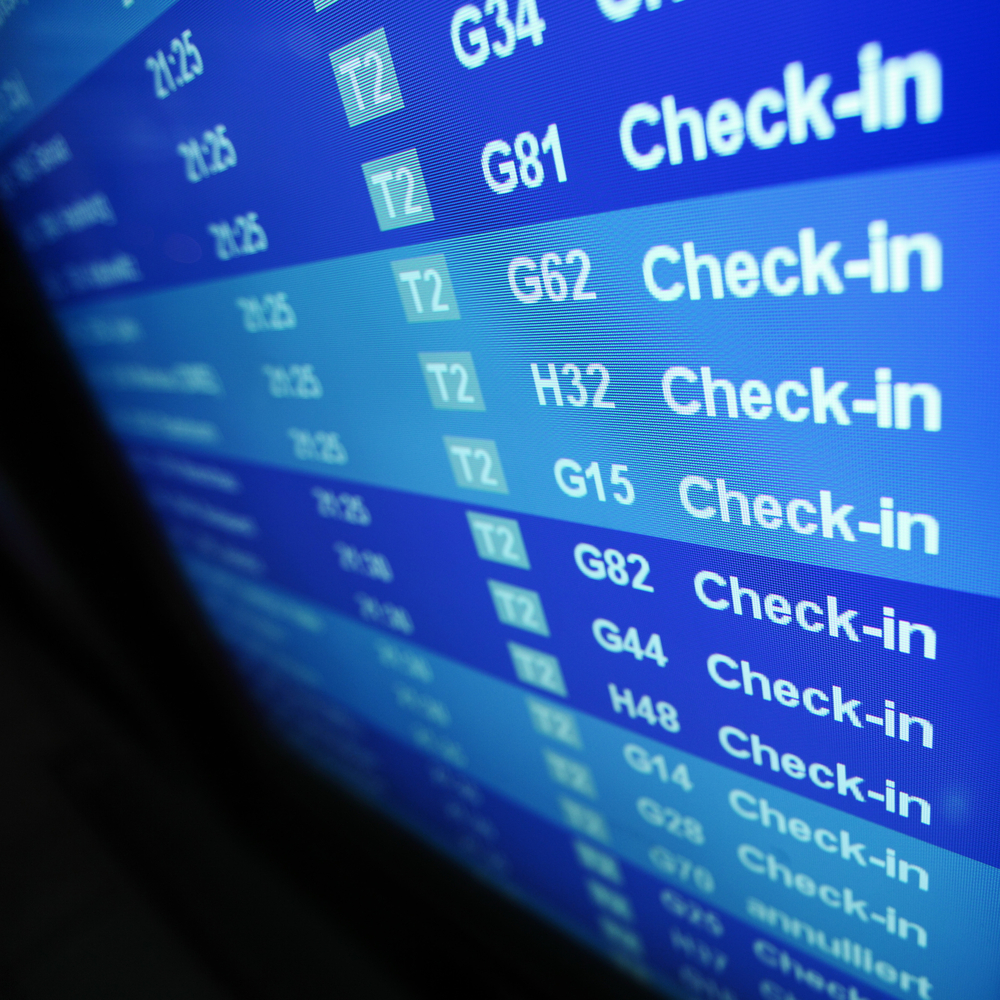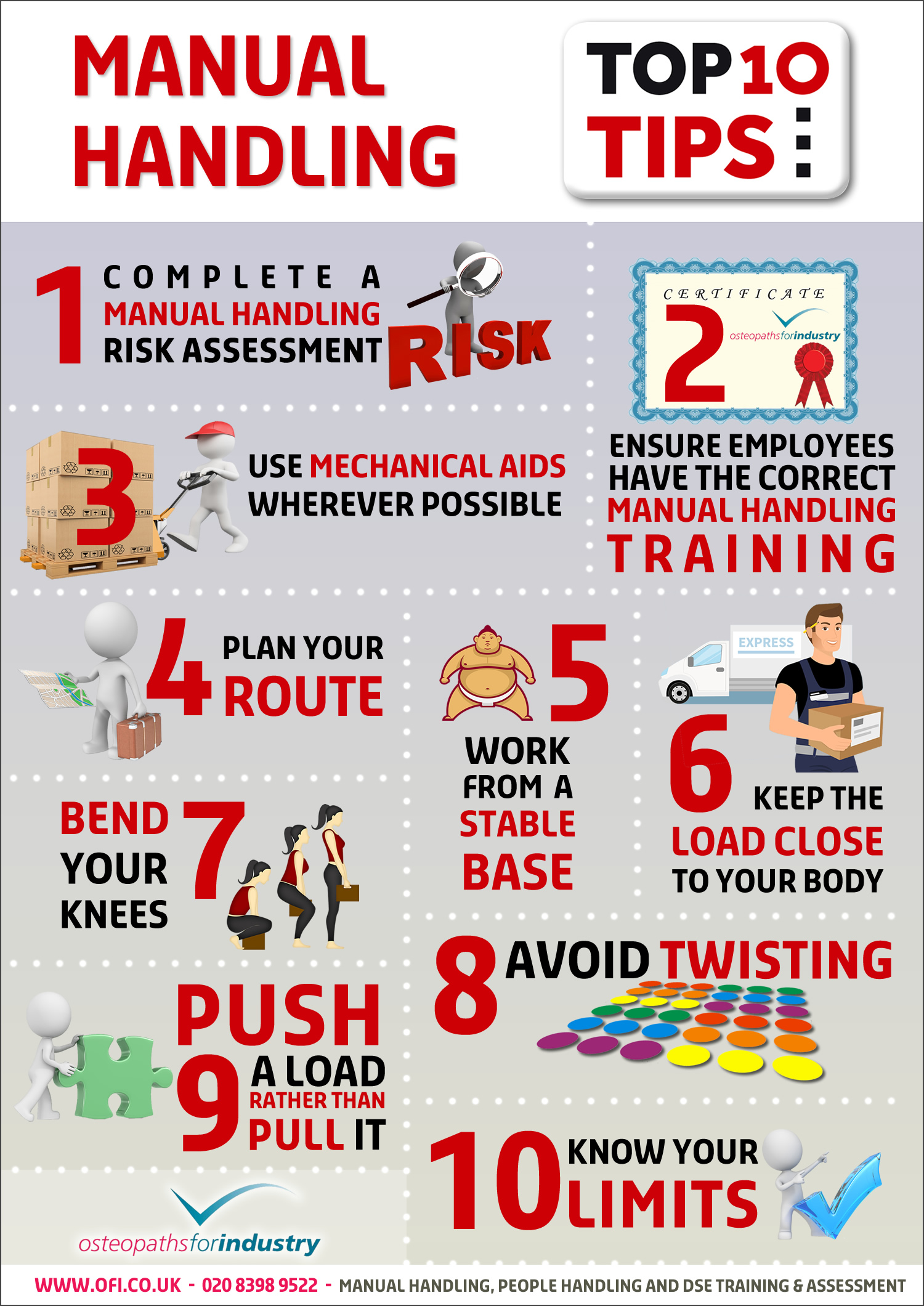Understanding the Airfare Pricing Puzzle
Airlines use complex algorithms to set ticket prices, taking into account a multitude of factors that can impact demand and revenue. These factors include the time of year, demand for specific routes, competition from other airlines, and even global events. As a result, airfare prices can fluctuate significantly over time, making it challenging for travelers to determine the best day to buy airline tickets.
One of the primary drivers of airfare pricing is demand. When demand is high, airlines can increase prices to maximize revenue. Conversely, when demand is low, airlines may reduce prices to stimulate sales. This dynamic creates a constant ebb and flow in airfare prices, making it essential for travelers to stay informed and adapt to changing market conditions.
Another critical factor influencing airfare pricing is competition. Airlines continuously monitor their competitors’ prices and adjust their own prices accordingly. This competitive landscape can lead to price wars, where airlines engage in a series of price reductions to undercut their competitors. Travelers can capitalize on these price wars by being flexible with their travel dates and routes.
Global events, such as holidays, festivals, and economic changes, can also impact airfare prices. For instance, prices may surge during peak travel seasons, such as summer or holidays, due to increased demand. Conversely, prices may drop during off-peak seasons or during times of economic uncertainty.
Given the complexity of airfare pricing, it’s essential for travelers to develop a strategy for finding the best day to buy airline tickets. By understanding the factors that influence airfare prices and staying informed about market trends, travelers can make informed decisions and secure affordable flights.
Debunking Common Myths About Airfare Pricing
When it comes to finding the best day to buy airline tickets, there are several common myths that can lead travelers astray. One of the most pervasive myths is that prices always drop on certain days of the week, such as Tuesdays or Wednesdays. However, research has shown that this is not the case. In fact, a study by Skyscanner found that prices can fluctuate significantly depending on the route, travel dates, and time of year.
Another myth is that it’s always cheaper to book at the last minute. While it’s true that some airlines may offer last-minute discounts, this is not always the case. In fact, many airlines use sophisticated pricing algorithms that can detect when a traveler is booking at the last minute and increase prices accordingly. Additionally, booking at the last minute can limit travel options and increase the risk of sold-out flights.
Some travelers also believe that prices are always cheaper when booking on certain websites or using specific credit cards. However, this is not necessarily true. While some websites or credit cards may offer exclusive discounts or rewards, these savings are often offset by other factors such as booking fees or interest rates.
It’s also important to note that airfare prices can be influenced by a wide range of factors, including demand, competition, and global events. For example, prices may surge during peak travel seasons or in response to global events such as natural disasters or economic changes. By understanding these factors and avoiding common myths, travelers can make more informed decisions when searching for the best day to buy airline tickets.
So, what’s the best approach to finding affordable flights? Rather than relying on myths or assumptions, travelers should focus on using data-driven insights and flexibility to maximize savings. By combining these strategies, travelers can increase their chances of finding the best day to buy airline tickets and scoring affordable flights.
How to Use Data to Your Advantage
When searching for the best day to buy airline tickets, data can be a powerful tool. By leveraging data and analytics, travelers can gain valuable insights into price trends and patterns, ultimately leading to more informed purchasing decisions. So, how can travelers tap into this data?
One of the most effective ways to use data is through online travel agencies (OTAs) and meta-search engines. Tools like Google Flights, Skyscanner, and Kayak allow travelers to compare prices across multiple airlines, airports, and travel dates. These platforms also provide features like price alerts, which notify travelers when prices drop or reach a certain threshold.
Another way to use data is through airline websites themselves. Many airlines offer fare comparison tools and price charts, which can help travelers visualize price trends and identify patterns. Additionally, some airlines offer loyalty programs and rewards credit cards, which can provide exclusive discounts and perks.
Data can also be used to identify the best time to buy airline tickets. For example, a study by Skyscanner found that booking flights on Sundays can result in an average savings of 15% compared to booking on Fridays. Similarly, a study by Kayak found that booking flights at least 21 days in advance can result in an average savings of 10% compared to booking at the last minute.
By leveraging data and analytics, travelers can gain a competitive edge when searching for the best day to buy airline tickets. Whether through OTAs, airline websites, or loyalty programs, data can provide valuable insights into price trends and patterns, ultimately leading to more informed purchasing decisions and significant savings.
So, what’s the best way to use data to find the best day to buy airline tickets? By combining data-driven insights with flexibility and adaptability, travelers can increase their chances of scoring affordable flights. In the next section, we’ll explore the best day to buy airline tickets based on data and analysis.
The Best Day to Buy Airline Tickets: What the Data Says
So, what’s the best day to buy airline tickets? According to various studies and analyses, the answer is not as simple as it seems. However, by examining data from multiple sources, we can identify some trends and patterns that can help travelers make more informed decisions.
A study by Skyscanner found that the best day to buy airline tickets is Sunday, with an average savings of 15% compared to booking on Fridays. Another study by Kayak found that booking flights on Tuesdays and Wednesdays can result in an average savings of 10% compared to booking on Mondays and Fridays.
However, it’s essential to note that these findings are not universal and can vary depending on the route, travel dates, and time of year. For example, a study by Google Flights found that the best day to buy airline tickets for domestic flights in the United States is Wednesday, while the best day for international flights is Tuesday.
Additionally, the time of year can also impact airfare prices. For example, a study by Airlines Reporting Corporation found that the cheapest time to fly is during the off-season, which typically includes the periods between mid-January and mid-March, and between November and mid-December.
It’s also worth noting that some airlines may offer exclusive discounts or promotions on certain days of the week or during specific times of the year. For example, some airlines may offer “fare sales” on Tuesdays or Wednesdays, while others may offer discounts for booking flights during the off-season.
By understanding these trends and patterns, travelers can make more informed decisions when searching for the best day to buy airline tickets. However, it’s essential to remember that airfare prices can fluctuate rapidly, and the best day to buy may vary depending on the specific route and travel dates.
Additional Factors to Consider When Buying Airline Tickets
When searching for the best day to buy airline tickets, it’s essential to consider additional factors that can impact airfare prices. One of the most significant factors is demand. During peak travel seasons, such as summer or holidays, demand for flights increases, leading to higher prices. Conversely, during off-peak seasons, demand decreases, resulting in lower prices.
Holidays and special events can also impact airfare prices. For example, flights during Christmas or New Year’s Eve may be more expensive due to increased demand. Similarly, flights during major sporting events or festivals may also be pricier.
Another factor to consider is the day of the week. While we’ve discussed the best day to buy airline tickets, it’s also important to consider the day of the week you plan to travel. For example, flying on a Tuesday or Wednesday may be cheaper than flying on a Monday or Friday.
Additionally, the time of year can also impact airfare prices. For example, flights during the off-season (usually November to March) may be cheaper than flights during the peak season (usually June to August).
It’s also worth noting that some airlines may offer exclusive discounts or promotions during certain times of the year. For example, some airlines may offer “fare sales” during the off-season or during special events.
By considering these additional factors, travelers can make more informed decisions when searching for the best day to buy airline tickets. By combining data-driven insights with flexibility and adaptability, travelers can increase their chances of scoring affordable flights.
For example, if you’re planning to travel during peak season, consider flying on a Tuesday or Wednesday instead of a Monday or Friday. Additionally, if you’re flexible with your travel dates, consider flying during the off-season or during special events.
How to Combine Data with Flexibility for Maximum Savings
Now that we’ve discussed the importance of using data to find the best day to buy airline tickets, let’s talk about how to combine data-driven insights with flexibility in travel plans to maximize savings.
One of the most effective ways to combine data with flexibility is to be adaptable with travel dates and times. By being flexible with your travel plans, you can take advantage of cheaper flights and save even more money.
For example, if you’re planning to travel during peak season, consider flying on a Tuesday or Wednesday instead of a Monday or Friday. Additionally, if you’re flexible with your travel dates, consider flying during the off-season or during special events.
Another way to combine data with flexibility is to use fare comparison tools to track price trends and identify patterns. By using tools like Google Flights, Skyscanner, and Kayak, you can compare prices across multiple airlines and find the best deals.
It’s also important to consider the time of year when searching for flights. For example, flights during the off-season (usually November to March) may be cheaper than flights during the peak season (usually June to August).
By combining data-driven insights with flexibility and adaptability, travelers can increase their chances of scoring affordable flights. Remember, the key to finding the best day to buy airline tickets is to be flexible and adaptable with your travel plans.
For example, if you’re planning to travel to Europe during the summer, consider flying on a Tuesday or Wednesday instead of a Monday or Friday. Additionally, if you’re flexible with your travel dates, consider flying during the off-season or during special events.
By following these tips and combining data with flexibility, you can find the best day to buy airline tickets and save even more money on your next flight.
Real-Life Examples of Scoring Affordable Flights
Let’s take a look at some real-life examples of how using data and flexibility can lead to significant savings on airline tickets.
Example 1: A traveler planning to fly from New York to Los Angeles during the summer months. By using Google Flights to track price trends, they discovered that flying on a Tuesday instead of a Monday could save them $100. Additionally, by being flexible with their travel dates, they were able to find a cheaper flight by flying on a Wednesday instead of a Thursday.
Example 2: A traveler planning to fly from London to Paris during the peak season. By using Skyscanner to compare prices across multiple airlines, they found a cheaper flight by flying with a budget airline instead of a major carrier. Additionally, by being flexible with their travel dates, they were able to find a cheaper flight by flying on a Sunday instead of a Saturday.
Example 3: A traveler planning to fly from Chicago to Miami during the off-season. By using Kayak to track price trends, they discovered that flying on a Monday instead of a Friday could save them $200. Additionally, by being flexible with their travel dates, they were able to find a cheaper flight by flying on a Tuesday instead of a Wednesday.
These examples illustrate the importance of using data and flexibility to find the best day to buy airline tickets. By being adaptable with travel dates and times, travelers can take advantage of cheaper flights and save even more money.
By following these tips and using data-driven insights, travelers can find the best day to buy airline tickets and score affordable flights. Remember, the key to finding the best day to buy airline tickets is to be flexible and adaptable with your travel plans.
Putting it All Together: A Step-by-Step Guide
Now that we’ve discussed the importance of using data and flexibility to find the best day to buy airline tickets, let’s put it all together with a step-by-step guide.
Step 1: Determine your travel dates and route. Be flexible with your travel dates and consider flying on off-peak days or during the off-season.
Step 2: Use data-driven insights to track price trends and identify patterns. Utilize tools like Google Flights, Skyscanner, and Kayak to compare prices across multiple airlines and find the best deals.
Step 3: Consider additional factors that can impact airfare prices, such as demand, holidays, and special events. Be adaptable with your travel plans and adjust your itinerary accordingly.
Step 4: Combine data-driven insights with flexibility in your travel plans to maximize savings. Be willing to adjust your travel dates or route to find the best deals.
Step 5: Monitor price trends and adjust your booking strategy accordingly. If prices are dropping, consider waiting to book. If prices are rising, consider booking immediately.
By following these steps and combining data-driven insights with flexibility and adaptability, you can find the best day to buy airline tickets and score affordable flights.
Remember, the key to finding the best day to buy airline tickets is to be flexible and adaptable with your travel plans. By using data-driven insights and being willing to adjust your itinerary, you can save even more money on your next flight.







